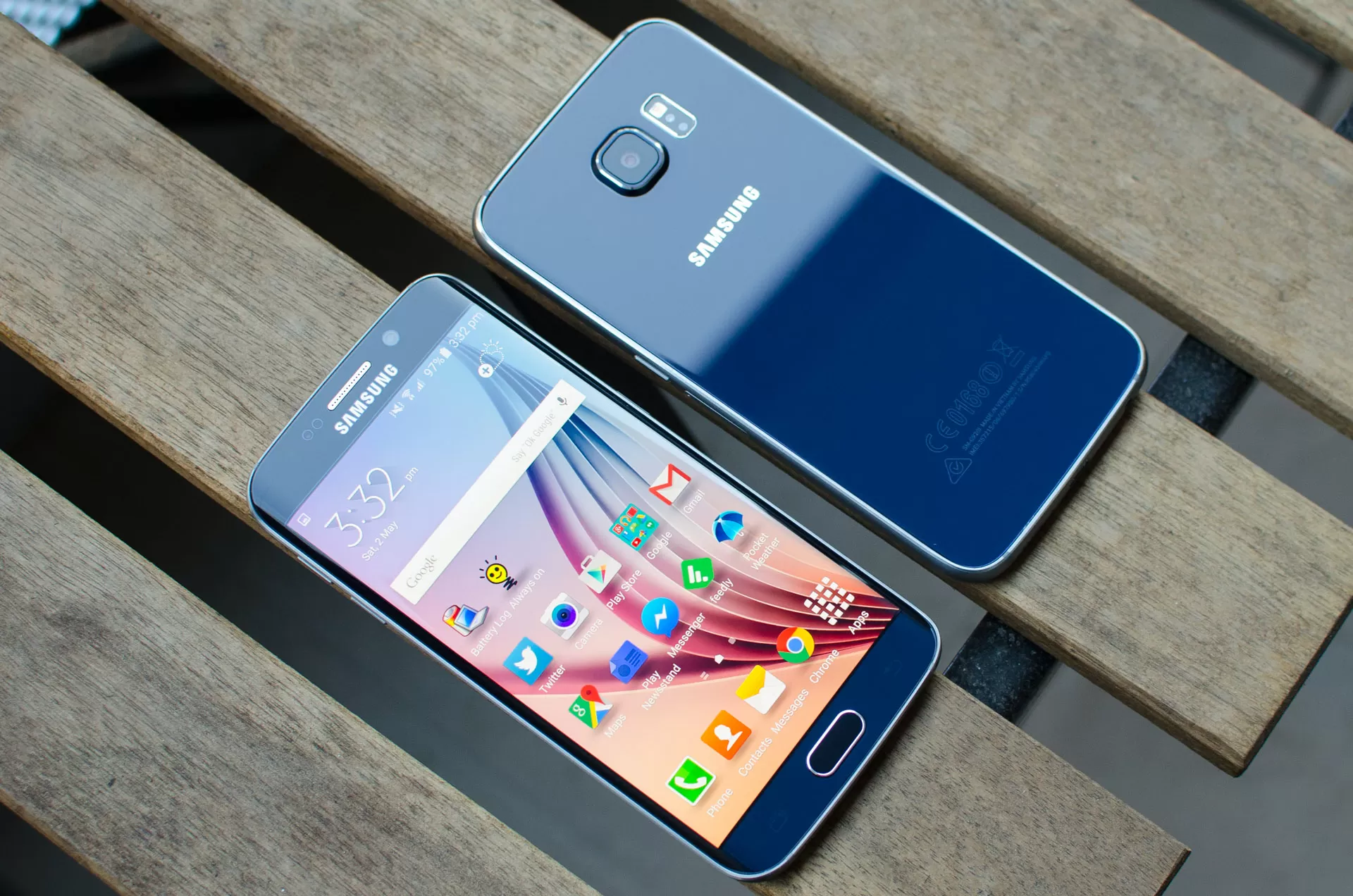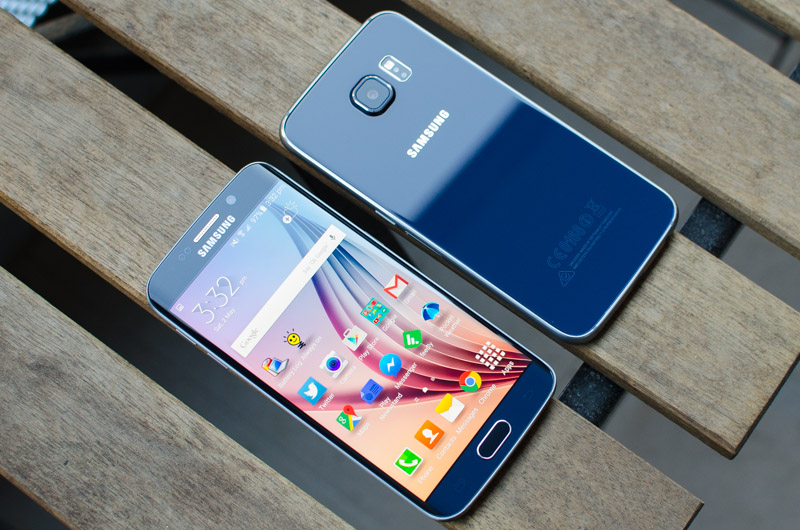Is The Galaxy S6 or Galaxy S6 Edge Better?
The Galaxy S6 is easily Samsung's best smartphone yet. It's the first device I've used from Samsung in a long time that feels polished to a sufficient standard, both from a hardware and software perspective, which makes it easy to recommend as a flagship Android handset.
Hardware design isn't one of Samsung strong suits, with the plastic Galaxy S5 being one of the uglier devices of 2014, at least among the flagships. But the company has turned things around drastically with the Galaxy S6, producing a smartphone body forged from metal and complemented with glass that looks great and is ergonomic to hold. Unfortunately the phone is a slippery fingerprint magnet, though Samsung has more than made up for this by ditching the cheap, crappy plastic we've been dished up for the past couple of years.
The new design of the Galaxy S6 does have its drawbacks, most notably being the lack of a removable battery and microSD card slot. The removable battery isn't a huge concern for me, but no expandable storage means you're stuck paying the ridiculous yet commonplace premium for extra internal storage. Until we start seeing fairer prices for higher capacity smartphones, I'll continue to be an advocate for microSD card slots, which makes its omission on the Galaxy S6 rather disappointing.
Samsung hasn't held back on the 1440p AMOLED display, which looks absolutely beautiful and is surprisingly easy to view outdoors, despite concerns over achievable brightness on high-resolution displays. This is easily one of the nicest panels I've used on a smartphone to date, and it's hard to see how Samsung will improve it come next year's Galaxy S7.
Performance is also a big win in favour of the Galaxy S6. While the Qualcomm Snapdragon 810 has shown itself to get hot and bothered quickly, the Exynos 7420 says relatively cool while sustaining high levels of performance for longer. CPU performance is especially good from the 64-bit octa-core array, and although the GPU is slightly weaker in Samsung's SoC, better efficiency and lower levels of throttling see it win overall. Coupled with extraordinarily fast NAND, and the Galaxy S6 is basically the fastest smartphone you can get.
I was also extremely impressed with the Galaxy S6's camera, which produces excellent shots in nearly all situations, comes with an excellent array of features in the included camera app, and captures smooth 4K video with clear audio. Samsung has easily been able to match Apple in terms of camera processing, and there's definitely a case for the S6 besting the iPhone 6 Plus in this area. But if you're after an Android phone with the best camera going around, look no further than the Galaxy S6.
Samsung has taken the time to polish their TouchWiz skin, which is included along with Android 5.0 on the Galaxy S6. The skin actually looks quite nice after its makeover, fitting in well with the modern design language of the Android OS. On top of this, Samsung has cleaned up problematic areas like the settings menu, removing a whole ton of pointless features, while improving the smoothness and snappiness of the skin overall. There are still a few areas I'd like to see polished a bit more, but the version of TouchWiz included on the Galaxy S6 is one of Android's better skins.
The Galaxy S6's battery life is best described as "adequate". Samsung haven't gone out of their way to make battery life a priority, which is a bit disappointing up against the Sony Xperia Z3, but I never found the S6's stamina to be unacceptable throughout my usage, and performance was actually quite good on Wi-Fi. I suspect the Galaxy S6 might be overtaken by smartphones with larger batteries when browsing on LTE networks come the end of the year, and I'd really like the company to focus on this in future Galaxy S models.
While the Galaxy S6 is generally an excellent smartphone worthy of your hard-earned cash, I don't hold the Galaxy S6 Edge in same regard. Although the design of the Edge is even better than the regular S6, and it features largely the same hardware, there are some extra annoyances introduced by the curved display, with few positive additions to make up for it.
Like the Galaxy Note Edge, the Galaxy S6 Edge has sharper edges that make the handset less comfortable to hold and less easy to operate than the regular Galaxy S6. The curved display also introduces distortion along the edges and reflections that can sometimes be annoying, two issues that you simply don't encounter on the regular Galaxy S6.
But the crucial issue with the S6 Edge is that Samsung still hasn't managed to justify the inclusion of the Edge, and why anyone should pay a $100-200 premium. The software features are somewhat interesting, but I simply didn't use them at all during my time with the device, and once again most of them could have been implemented on a regular flat display. Unless you want a device with a subjectively "cool" feature, there is no reason to buy the Edge over the regular S6.
Samsung Galaxy S6 Scorecard
Pros: Samsung finally delivers on design. Chart-topping performance without the throttling concerns. Superb camera in nearly all situations. TouchWiz is more attractive and less cluttered than before. Excellent display, and decent battery life.
Cons: MicroSD card slot omission means expensive storage upgrades. Slippery body attracts fingerprints.
Samsung Galaxy S6 Edge Scorecard
score
Pros: Design is even more attractive than the standard Galaxy S6. Packs all the same great hardware as its flat-screened brother.
Cons: Getting the Edge will cost you a premium. No useful software additions, or anything that makes compelling use of the curved display. Less ergonomic design than the regular S6. Curved display introduces reflections and distortions.




